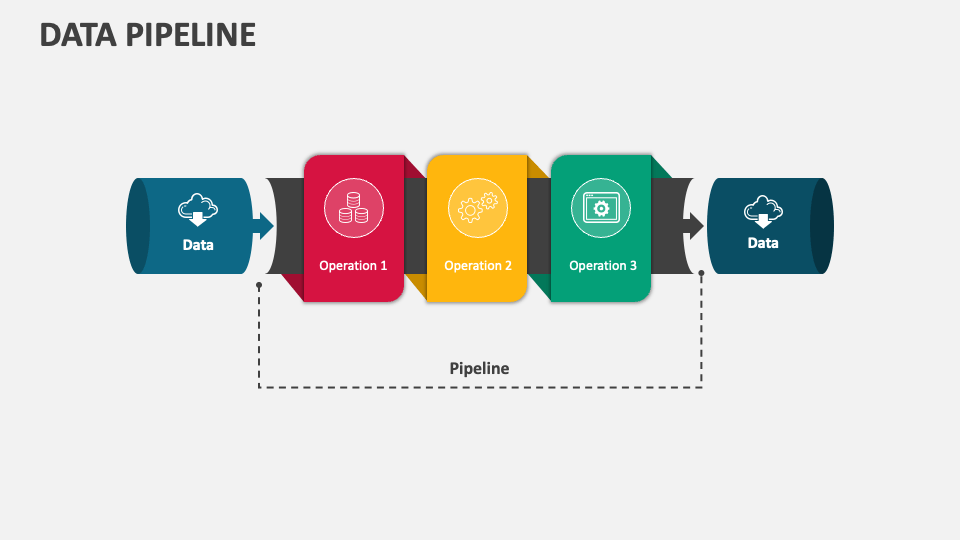Development of interdisciplinary teams, health-economy applications
Pillar VIII
A fundamental prerequisite for achieving the objectives set by Pillar 8 is the availability of the central database containing patient care data, as well as having appropriate authorization and analytical toolsets to perform health economic analyses. The realization of this goal is within reach thanks to the tasks completed under Pillar 7 and the results achieved by the other professional pillars.
The primary goal of the activities carried out under Pillar 8 is to develop health economic models within the TINL disease domain that:
- Support recommendations for the further development of clinical professional guidelines;
- Facilitate decision-making by insurers to encourage the application of cost-effective therapies and to discourage the use of non-cost-effective procedures;
- Provide inputs for health policy to more accurately define the patient population eligible for treatment and to determine the benefits and health gains provided by the intervention, thereby establishing the professional basis for further funding decisions.
Retrospective Data Processing
Within the framework of Pillar 8, retrospective data processing is conducted to enable the analysis of previously collected data, while also offering a methodology for processing data collected in similar disease domains by other institutions.
As part of TINL, a data processing competency and "data pipeline" are being developed to structure textual data, allowing for more precise identification of the patient population and measurement of intervention outcomes. After a suitable pilot analysis, this method can be extended to process data collected in the EESZT (National eHealth Infrastructure), making it directly usable for health policy decisions based on a nationally representative data set.

